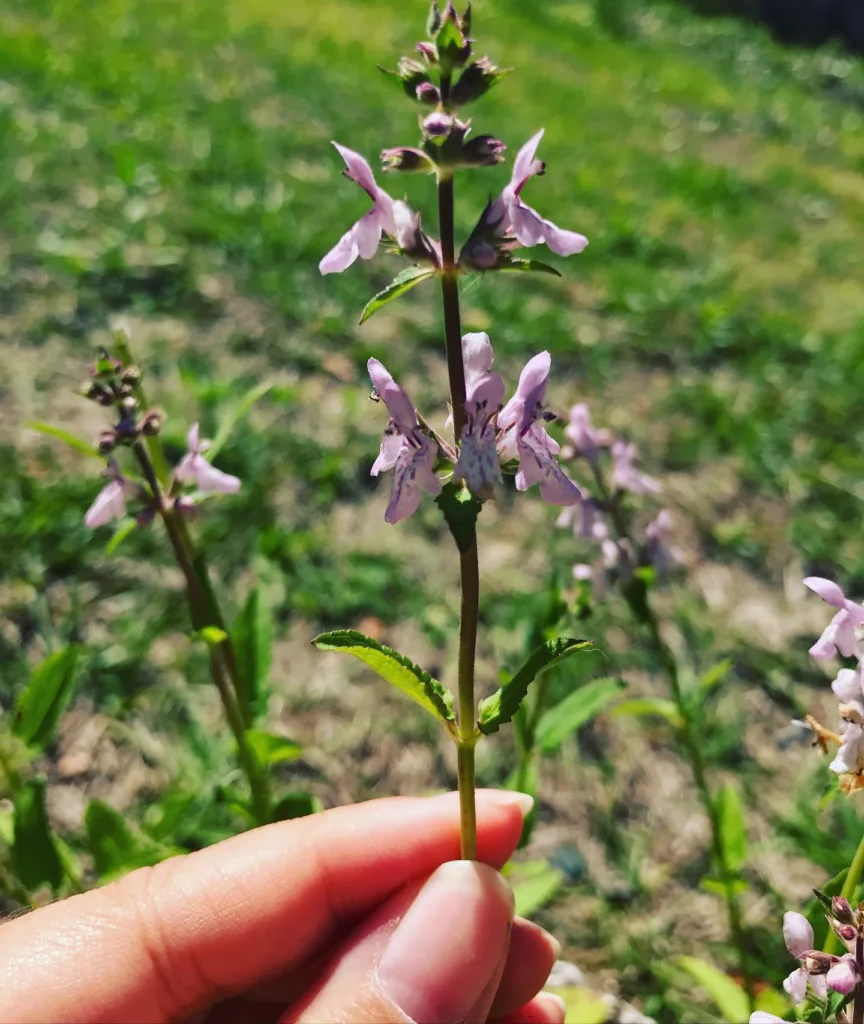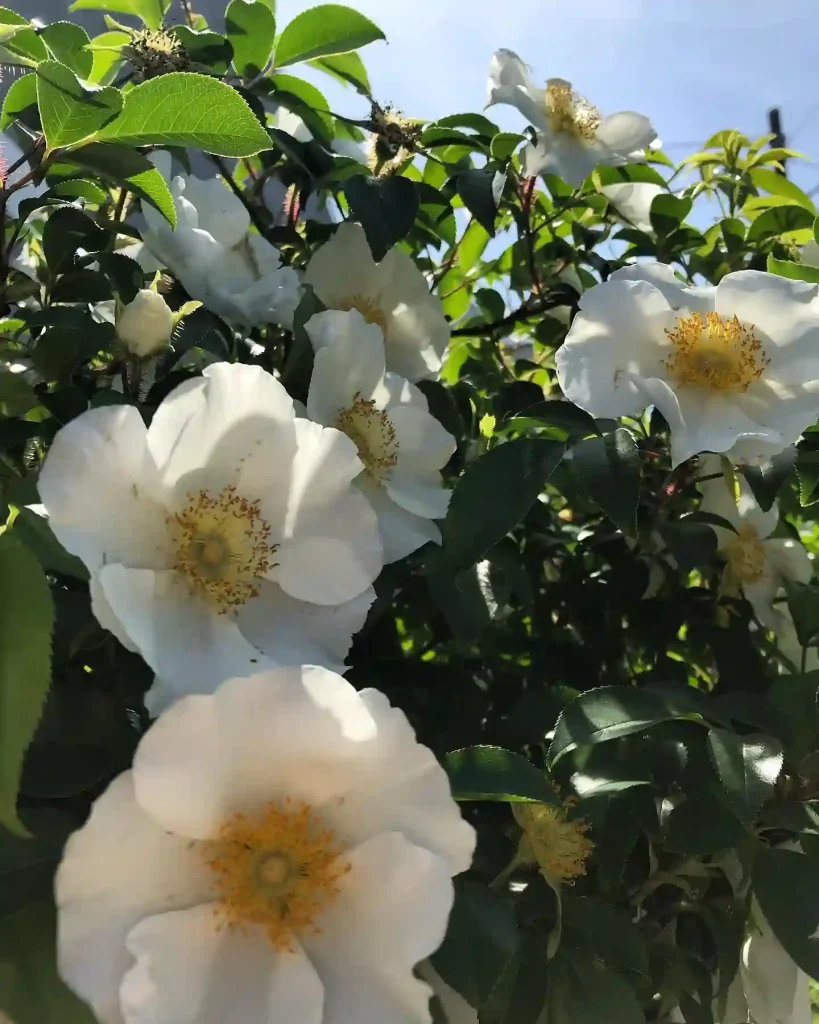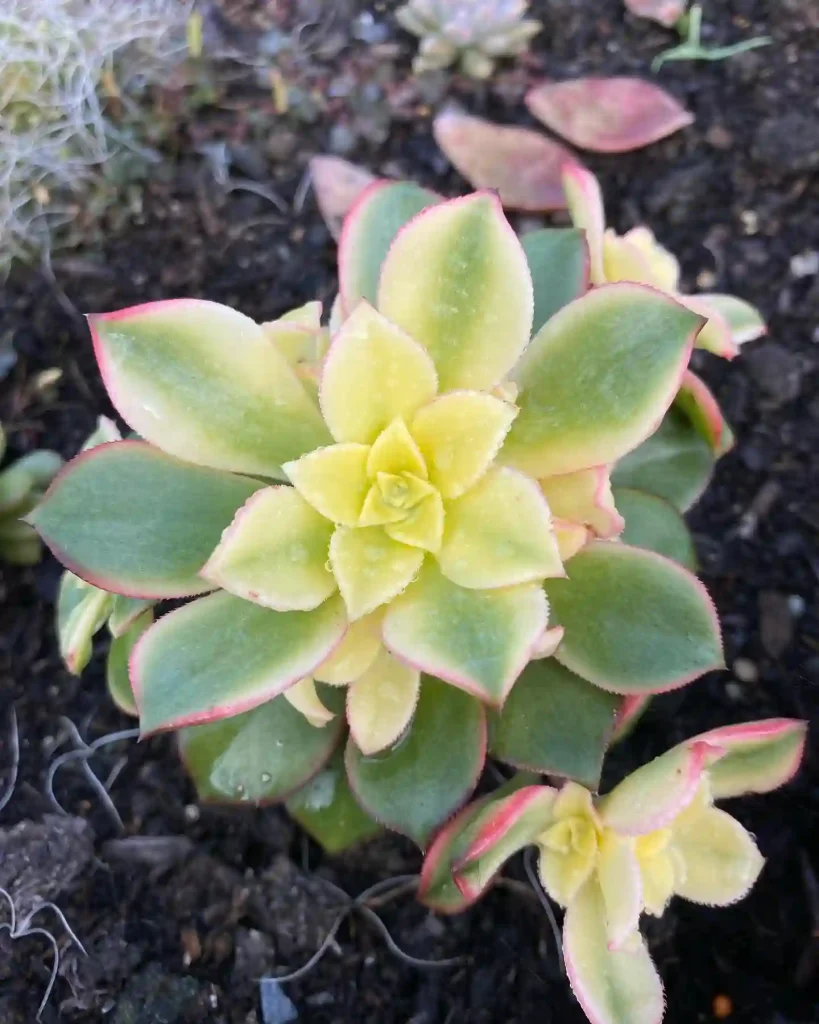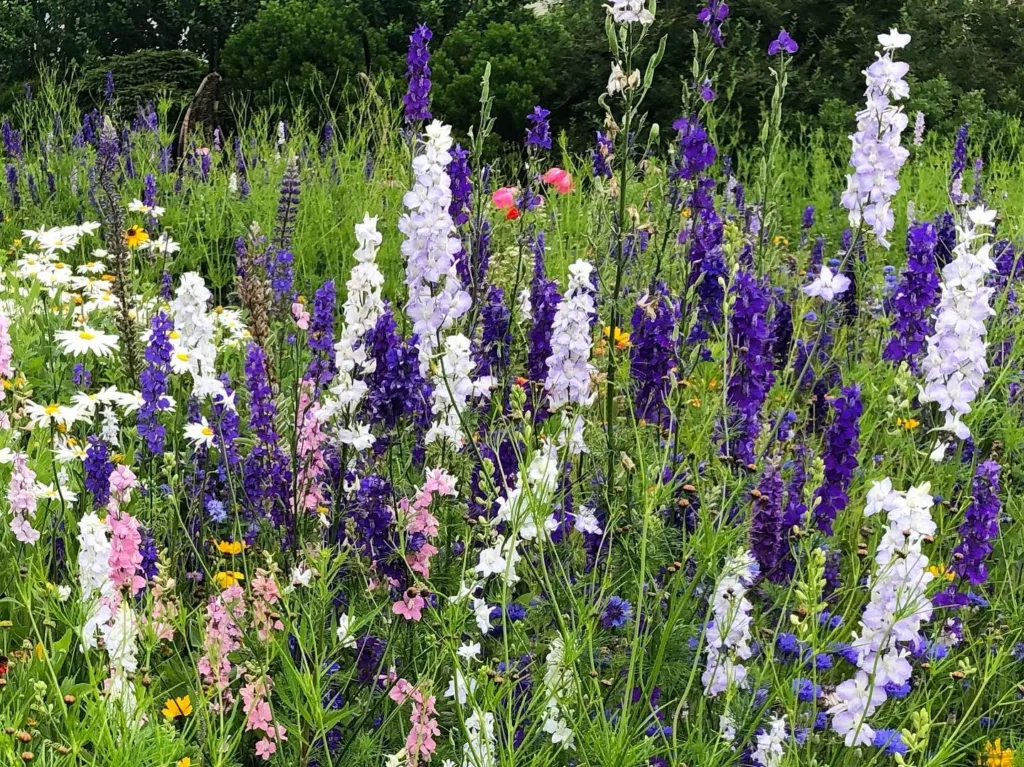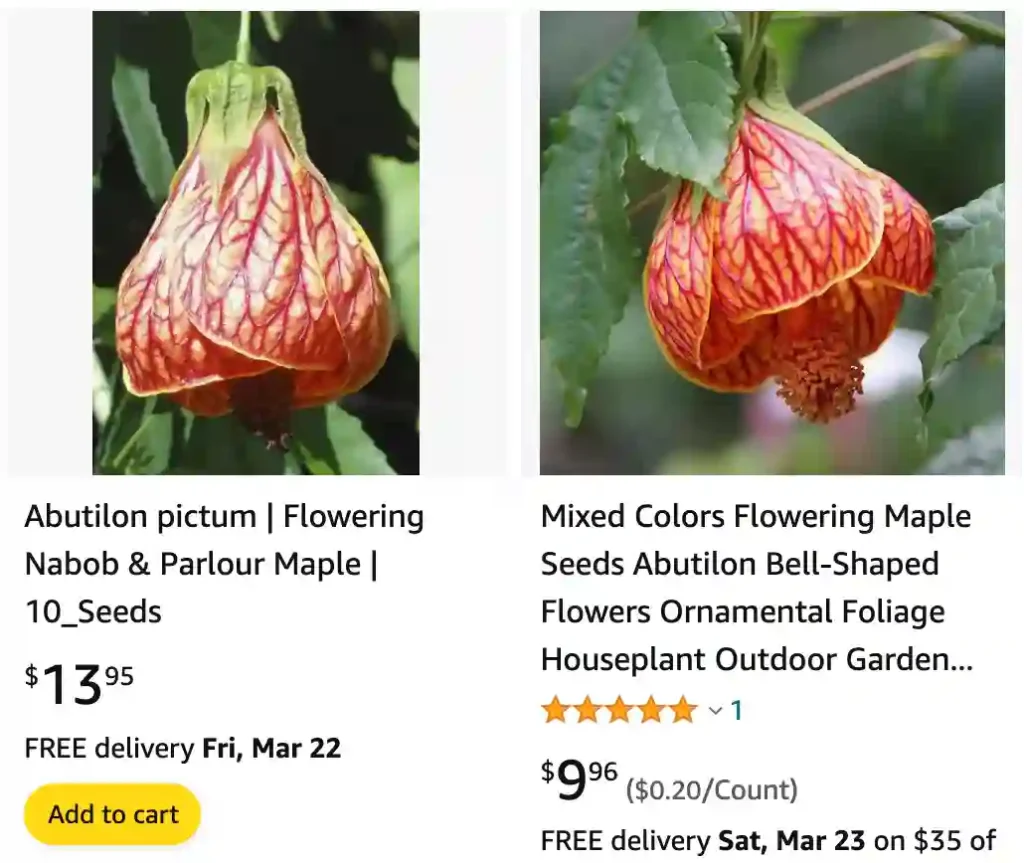
Abutilon Pictum: A Guide to the Flowering Maple
Hi there, Ferb Vu here! I’m a plant enthusiast with a particular fondness for the stunning Abutilon pictum, also known as the Flowering Maple. This vibrant shrub boasts an explosion of color and thrives with proper care.
Today, I’m diving deep into the world of Abutilon pictum, answering all your burning questions about this captivating plant.
178 Species in Genus Abutilon
What is Abutilon Pictum?
Abutilon pictum is a captivating flowering shrub native to South America, specifically southern Brazil, Argentina, Paraguay, and Uruguay. Renowned for its showy, bell-shaped flowers and variegated foliage, it’s become a popular choice for both indoor and outdoor gardens.
This evergreen beauty belongs to the Malvaceae family, sharing kinship with hibiscus and hollyhocks. With proper care, Abutilon pictum can grace your space for years to come, offering a continuous display of color.
How to Care for Abutilon Pictum?
Bringing out the best in your Abutilon pictum is all about providing the right environment. Here’s a breakdown of its key needs:
- Light: Aim for bright, indirect sunlight. Direct afternoon sun can scorch the leaves. East or south-facing windows are ideal indoors.
- Water: Consistent moisture is key. Water thoroughly when the top inch of soil dries out, but avoid soggy conditions.
- Soil: Well-draining potting mix is essential. Opt for a commercial potting mix or create your own by combining equal parts potting soil, perlite, and compost.
- Fertilizer: Feed your Abutilon pictum with a balanced liquid fertilizer during the growing season (spring and summer) every two to four weeks. Dilute the fertilizer according to package instructions.
- Temperature: This plant thrives in warm temperatures, ideally between 65-75°F (18-24°C). Avoid exposing it to sudden drops or drafts.
- Humidity: Moderate humidity levels are beneficial. If your home is dry, consider using a humidifier or placing your Abutilon pictum on a pebble tray filled with water.
How to Propagate Abutilon Pictum?
Sharing the beauty of your Abutilon pictum is easy! Here’s how to propagate new plants:
- Stem Cuttings: Take stem cuttings during spring or summer. Choose healthy, non-flowering stems with a few nodes. Cut them below a node at an angle, dip the cut end in rooting hormone (optional), and plant them in a pot filled with moist potting mix. Keep the soil consistently moist and provide warm, indirect light. New growth should appear within a few weeks.
- Seeds: Seed propagation is less common but still possible. Sow seeds on a moistened seed starting mix and cover them lightly. Keep the soil warm and consistently moist. Germination can take several weeks.
What to Plant with Abutilon Pictum?
Abutilon pictum’s vibrant foliage and flowers make it a wonderful companion plant for various species. Here are some ideas:
- Foliage Plants: Combine your Abutilon pictum with plants that complement its variegation, such as ferns, spider plants, or Chinese evergreens.
- Blooming Companions: Partner your flowering maple with plants that share similar bloom times or colors. Fuchsia, African violets, or impatiens could create a stunning display.
- Trailing Plants: Let cascading plants like ivy or Swedish ivy soften the base of your Abutilon pictum, adding a touch of whimsy.
Common Problems with Abutilon Pictum
Even the most dedicated plant parent can encounter challenges. Here are some common issues with Abutilon pictum and their solutions:
- Leaf Drop: This can be caused by underwatering, overwatering, or insufficient light. Adjust your watering schedule, provide more light, or increase humidity.
- Yellowing Leaves: This could indicate nutrient deficiency. Fertilize your plant according to instructions.
- Pests: Aphids, mealybugs, and whiteflies are potential threats. Use insecticidal soap or neem oil to manage pest populations.
By following these simple tips, you can ensure your Abutilon pictum flourishes and brings joy to your space.
Remember, I’m always here to answer any further questions you might have about this captivating plant. Happy gardening!
If i die, water my plants!
